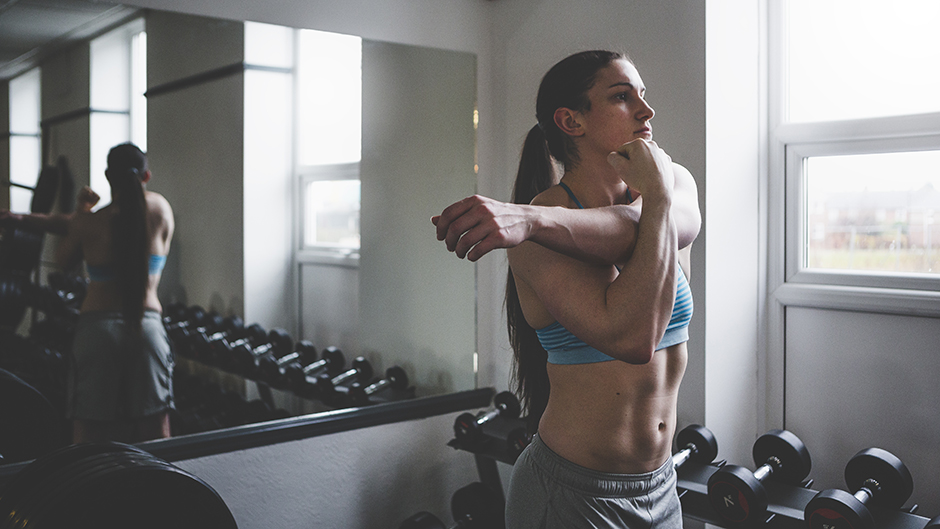6 Ways to Maximize High-Intensity Workouts With Recovery Training
 Did you know “rest” is different from “recovery” when it comes to your workout routine? Resting just refers to time spent not exercising, but recovery is an active term for the steps you need to take outside the gym to stay healthy and happy.
Did you know “rest” is different from “recovery” when it comes to your workout routine? Resting just refers to time spent not exercising, but recovery is an active term for the steps you need to take outside the gym to stay healthy and happy.
If you’re working hard and kicking butt during your routine gym session, you’re only fighting half the battle. In order to get the most from your high-intensity workout, you need to incorporate recovery training. Follow these six steps to meet your fitness goals without unnecessary pain and risk of injury.
1. Don’t push yourself too hard. It’s good to set goals — beating your best personal mile time, throwing in another set of 10 reps or opting for slightly heavier weights on a weekly or monthly basis. It’s not good to push past your body’s limitations. If you feel faint, shaky or you’re in actual pain, stop. There’s a difference between feeling the burn and feeling awful. Move at your own pace and focus on steady, gradual progress.
2. Stretch it out. Stretching before and after a workout not only prevents injuries, it’s a crucial component of the muscle growth process. You need to be flexible to get the most from your workout, so incorporate a warm-up activity before jumping right in. Stretching after helps relieve muscle tension and prevents soreness. Foam rollers are great for improving range of motion and obtaining healthy blood flow. Give yourself 20 minutes at the end of your workout to stretch out and cool down, and make sure to switch up stretches to target your specific workout.
3. Listen to music. Studies have proven that listening to music helps improve exercise by distracting athletes from pain and encouraging them to work harder. Upbeat music increases heart rate and puts you in a better mood to motivate your workout, while slower paced music is perfect for cooling down and stretching. Pick your perfect playlist (and don’t forget the headphones) before setting foot in the gym.
4. Heat, ice and compression. For post-workout pain, indulge in this three-step plan. Alternate between ice and heat for relief; ice slows blood flow and reduces inflammation, while heat increases blood flow and helps flush out byproducts created by the workout. For any swollen areas, wrap in compression garments and elevate the area.
5. Eat protein. Before your workout, have a little protein snack. It triggers muscle synthesis — the process of repairing and building more muscle — throughout your workout. After your workout, a protein smoothie or meal will ensure the body has enough fuel to rebuild continuously through the day. Protein really packs a punch, so make it part of your daily diet.
6. Get some sleep. You need at least eight hours of sleep every night. Period. Denying your body the sleep it needs will negatively impact growth hormone release and insulin sensitivity so that you feel weaker and gain weight. Set alarms at night, as well as in the morning, to remind yourself when it’s bedtime. Establish a pattern of going to sleep at the same time every night and waking up at the same time every morning. Make your room as dark as possible and keep the TV off and phone out of sight.
7. Hydrate, hydrate, hydrate. Water gives you energy, enhances performance and helps you recover quickly. Skip sports drinks and flavored junk and drink pure, clean water. If you know you’re not drinking enough H2O during the day, keep a refillable water bottle with you and document your intake with a simple daily journal or hydration app. If you really want to step up your game, take your gender, age and weight into consideration for a more personalized goal.
Get more information on how Independence Blue Cross can be a part of your plan for health and wellness.
This is a paid partnership between Independence Blue Cross and Philadelphia Magazine